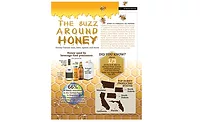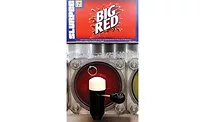Channel Strategies
Alcohol, non-alcohol beverage sales booming at convenience stores
Hard seltzers, CSDs driving sales within convenience channel

Energy drinks are among the top-performing beverages sold at convenience stores. However, energy drinks have suffered from fewer commuters and general traffic during COVID-19, NACS’ Chris Rapanick says.
(Image courtesy of Red Bull GmbH)
From small rural towns to large metropolis, consumers are walking, biking or driving to a common destination: the corner convenience store. In fact, independently owned convenience stores have grown 10.6% during the past 52 weeks versus 8.2% year to date (YTD). July was up 4.6%, according to findings from Newark, N.J.-based National Retail Solutions (NRS), which operates a point-of-sale (POS) terminal-based platform for independent retailers and bodega owners nationwide.
In almost 12,000 individual outlets, beverage sales are booming, with beer, flavored malt beverages (FMBs) and hard cider up 10.7% versus 7.5% YTD. Although non-alcohol beverages were up 14.7% for the same time period, they experienced a slight decrease from the 17.8% posted a year ago. Yet, July saw brisk sales for non-alcohol beverages, with sales up 9.8% vs. 5% for alcohol drink, NRS states.
“It was discovered that in a lot of cases the independent convenience store can be the lifeblood of the community,” says Brandon Thurber, director of media measurement and scan data insights at NRS. “Sales were up across many categories. This was due to both consumers making more frequent trips with higher basket totals. For many people there was a preference to shop the stores within walking distance that served their immediate needs.”
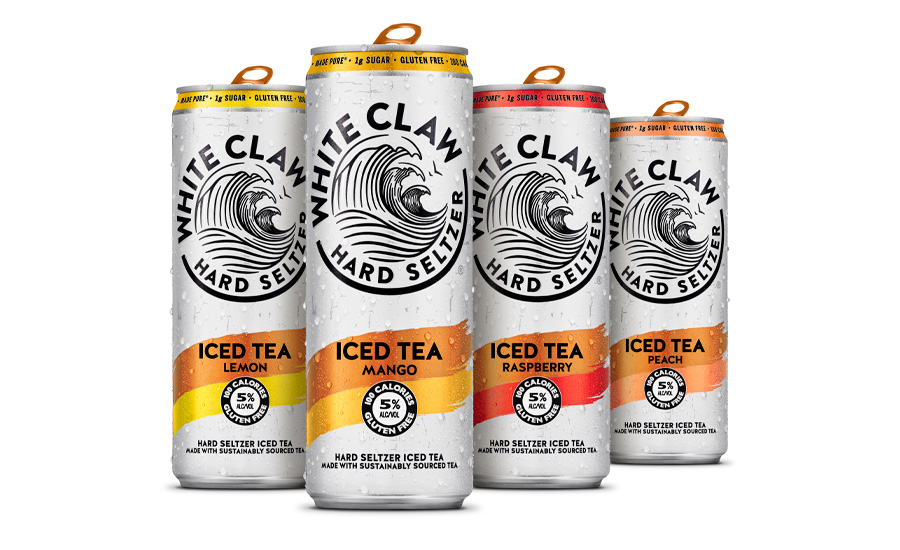
Image courtesy of Mike’s Hard Lemonade Co.
YTD through July 31, beer/FMB/cider comprised about 20% of all sales within NRS convenience stores, while non-alcohol beverage dollar sales made up 13.3% of total store sales. “NRS independent C-Stores beer sales are up 7.5% YTD. This is led by double-digit growth of domestic super premium, imports and hard seltzer,” Thurber explains. “Hard seltzer has grown to be 6% of total beer/FMB/cider sales. Non-alcoholic beverage dollar sales are up 17.8% YTD. This is led by double-digit 21% growth of energy beverages, fruit drinks (up 18.2%) and sports drinks (up 29%). Soft drinks (up 8.5%) are still the category leader making up 28.5% of all non-alcoholic beverage sales.”
The fact that convenience stores sell 80% of the fuels purchased in the country — along with the pandemic — has led to a change in traditional convenience store shopper patterns, says Chris Rapanick, director of business development for the National Association of Convenience Stores (NACS), Alexandria, Va.
“More than 30 million people fill up their vehicles at convenience stores every day. More than 40% of these gas customers also go inside the store, with a beverage purchase being the top reason,” Rapanick says. “As the pandemic first took hold in late March 2020, fuel demand suddenly plummeted by 40% and stayed depressed. Demand for fuel was so low that oil futures dropped to record low levels of -$37 a barrel. They literally couldn’t give away excess oil.
“… Stores in neighborhoods saw fuel demand come back the quickest, but stores on heavily trafficked commuter roads are still seeing a decrease in consumption, but that may pick up after Labor Day as more businesses are looking to have more fully staffed offices and fewer employees working from home,” he adds.
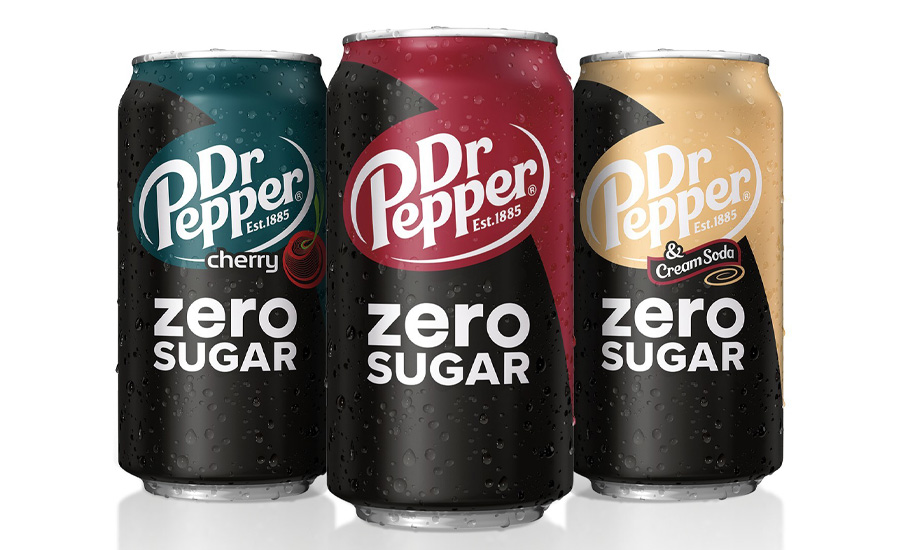
Image courtesy of Keurig Dr Pepper
The value of convenience
The whole idea behind “convenience” and convenience stores is that “customers [are] buying immediate consumption,” NACS’ Rapanick notes. “Eighty-three percent of items purchased in the store are consumed within the hour of purchase, and it’s pretty likely that the first sip of that beverage takes place before they even leave the store,” he says.
Although the pandemic severely disrupted the convenience model with a reduction in commuting, a new consumer emerged: the pantry shopper. “The pantry shopper who was going to the store to possibly buy something for now, but also something for later — defined by days, not minutes,” Rapanick explains. “This trend was apparent in the numbers: immediate consumption sales dropped three percentage points in 2020.”
This likely was the result of a steep downturn in self-serve dispensed beverages (hot, cold and frozen), which bore the full weight of COVID-19 restrictions as some retailers closed their coffee bar and fountain dispensing operations. Yet, NACS’ Rapanick points out that the sales trend for dispensed beverages in aggregate has turned, with 1.2% growth YOY through May. Still, 2021 still trails 2019 sales by over 16%, but the continuing return of commuter traffic will likely narrow the gap.
With a focus on c-store shopping habits from 2020 to 2021, the inaugural “Buddy Up: C-Store Shopper Insights” joint report from GasBuddy and PDI Solutions combines GasBuddy’s consumer survey data from more than 15,000 convenience retail consumers and PDI’s consumer-buying data from 5,500 mid- to large-size U.S. convenience retail sites. The following are some its key findings:
- C-store shoppers have grown more than 4% in the past year compared with 5% growth in grocery and 6% in dollar stores.
- Younger, female shoppers make up a majority of the c-store customer base.
- Seventy-five percent of consumers are shopping for fuel in 2021, up from 68% saying so in 2020.
- More respondents, 86%, are paying close attention to retailers’ commitment to the safety of their employees.
The convenience store channel remains a go-to destination for beverages. “When asked why they last went to a convenience store, nearly 50% of consumers said they went primarily for a beverage purchase. Beverages drive trips, and they also help build market baskets. Packaged beverages have been the golden category,” NACS’ Rapanick says.
Energy drinks and carbonated soft drinks (CSDs) have generated strong performance over the past few years, with energy drinks toppling CSDs in 2019 but losing ground in 2020 as CSDs reclaimed the top spot in the packaged beverages category. This likely was the result of some consumers switching from fountain to packaged CSDs and energy drinks, which typically sell well for the morning commute and at lunch, suffered from fewer commuters and general traffic during the quarantine, he adds. As dispensed beverage sales suffered, RTD coffee experienced growth, as did RTD teas and items like kombucha.
NRS’ Thurber points out that across the network of NRS stores, the selection of hard seltzer items has increased by 50%. “The hard seltzer gains are the biggest increase across any segment in the stores,” he explains. “In small format stores with limited shelf space, the growth of hard seltzer has compressed some non-alcoholic beverage segments. Even though dollar sales are up, categories like soft drinks, fruit drinks, liquid tea, and sports drinks have seen a decline in the number of items carried.
“Not only have merchants taken notice, but everyone seems to want in on the latest seltzer fizz,” he continues. “… It has been a segment where variety, flavor and innovation have driven sales. Assorted packages across all manufacturers are up 122%. Brands like Truly have captured consumer purchases launching new line extensions. The lemonade and tea varieties make up two-thirds of Truly’s impressive growth selling two and a half times last year.”
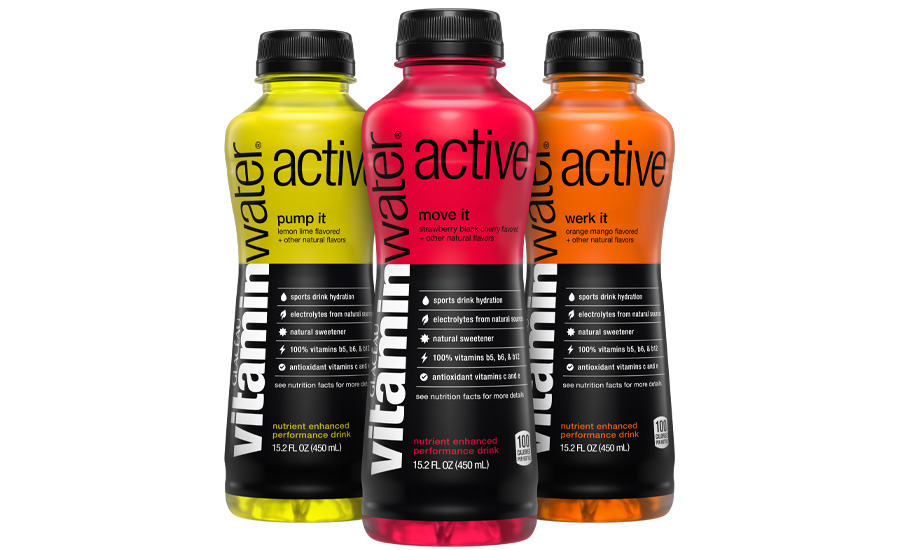
Image courtesy of The Coca-Cola Co.
Fueling growth
Keeping up with consumers’ preferences is key for convenience stores as those that chose to offer less items saw declines in the category. Beverage offerings continue to be expanded and are helping drive sales, experts note.
The average number of items carried in convenience stores has increased 5.1% and 4.1%, respectively, within the beer/FMB/cider category and non-alcohol beverages, NRS’ Thurber says. “Stores that have increased their average items per month have seen an increase in both categories — 30% non-alcoholic beverages and 16.9% for beer/FMB/cider,” he says. “This speaks to the need to keep up consumers’ preferences, and the evolution of the category. For example, consumers continue to purchase a growing number of variety packs or try new flavors of hard seltzer.”
When comparing the first quarter of 2021 with the first quarter of 2020, hard seltzers generated a 93% YOY growth in same store sales, according to NRS data. With 68% dollar share, White Claw saw dollar sales jump 45%; Truly, with nearly 16% dollar share, saw 258% growth; at 128% growth was Bud Light Seltzer and Corona Hard Seltzer (up 280%) with dollar share of 7.7% and 1.1%, respectively.
To continue to be successful, convenience stores must continue to adapt and meet the diverse need states of consumers efficiently due to their in-and-out smaller footprint than grocery and club/warehouse stores.
As NRS’s Thurber puts it: “Sometimes the purchase is used to satisfy an immediate need and sometimes a bit more. The rapid innovation across all beverage categories has led stores to adapt to purchasing patterns. These changes have helped fuel growth over the last year. … Over the last several years convenience stores have been the coffee shop on the way to work, somewhere to stop to fill up on gas and grab a snack, feeding a family of four, or buying a bottle of shampoo.
“At the end of the day, if consumers’ preferences are met, then the store owner benefits as well as the brand,” he continues. “Leveraging data to optimize your presence on the shelf to meet the needs of the shopper is a win-win. NRS Insights can help brands’ needs from basic to sophisticated and empower a strategy for success.”
For 2020, NRS convenience stores saw significant gains, and 2021 is up 17.8%, Thurber notes. However, he suggests it will be a challenge to repeat these numbers year on year. “These stores are not making it easy on themselves to repeat this type of success,” he says.
Regardless of channel, all retailers must sell convenience and that competition is making it tougher for convenience retailers, Jeff Lenard, vice president of strategic industry initiatives at NACS said in a statement: “Convenience continues to advance because consumers value convenience as much as anything at retail, including price. There’s two long-held beliefs — convenience is king, and those who will win are those who can continue to redefine it.”
Looking for a reprint of this article?
From high-res PDFs to custom plaques, order your copy today!



